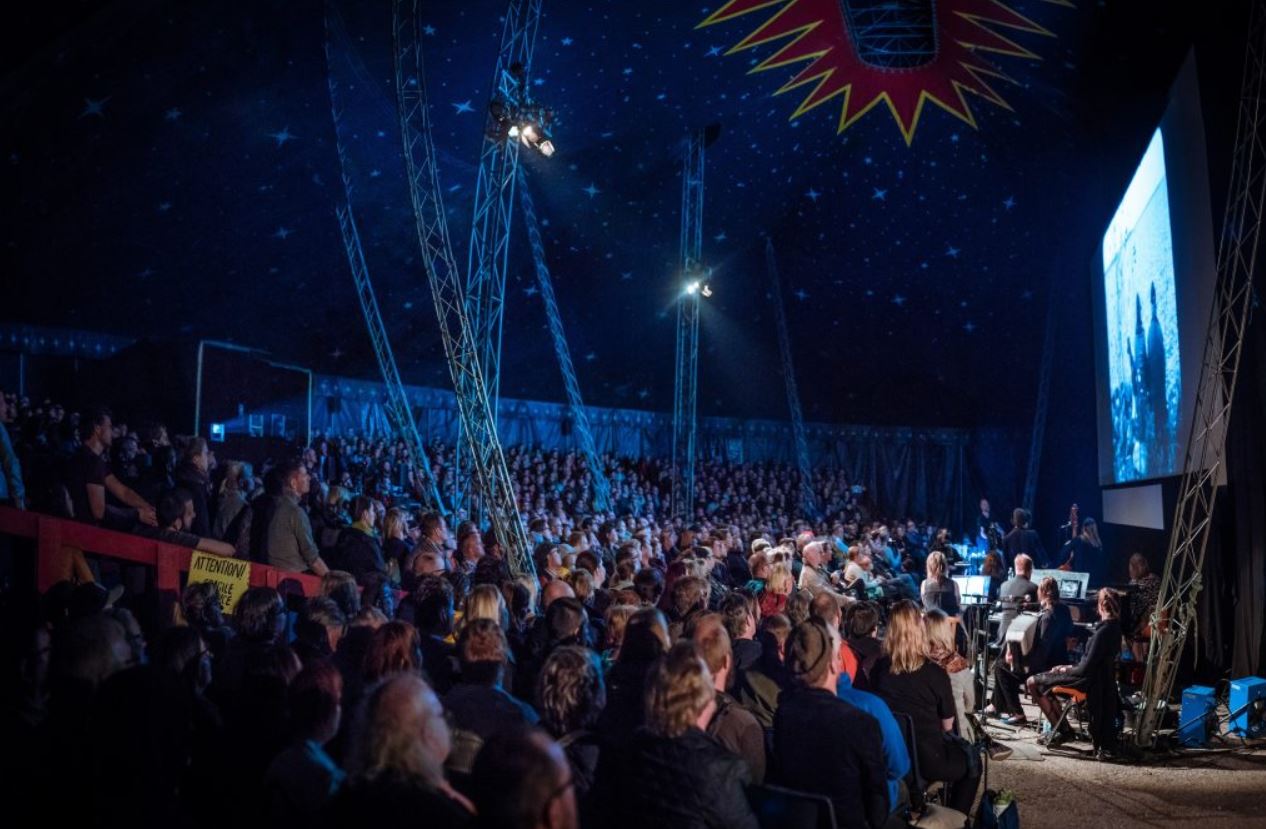Can I see and photograph the rare Finnish wildlife, like brown bears or wolves?
Post ByAdequate Travel
Summary
If you’re heading to the beautiful country of Finland and looking to photograph its unique wildlife, you’re in luck. Finland is home to rare animals such as the brown bear and the wolf, making it the perfect place to observe and take photos of these majestic creatures. In this blog, we’ll talk about the best places to go for the most memorable experience with Finnish wildlife. Travellers can find valuable travel information for tourists, such as local customs, must-see attractions, and dining recommendations, to make the most of their trip.Can I see and photograph the rare Finnish wildlife, like brown bears or wolves?
Yes, it is possible to see and photograph rare Finnish wildlife such as brown bears and wolves. However, certain considerations need to be taken into account:
1. Conservation Areas and National Parks
Finland provides several conservation areas and national parks that are home to various wildlife species. These areas offer opportunities for wildlife observation and photography. For example, the following places are known for their population of brown bears and wolves:
- Nuuksio National Park: Located near Helsinki, it is home to diverse wildlife, including forest reindeer and occasionally bears.
- Kuhmo: Situated in eastern Finland, Kuhmo is a popular destination for photographing Finnish wildlife, particularly bears and wolves.
- Lieksa: Located in eastern Finland, this region is known for its brown bear population.
- Wild Taiga: A vast wilderness area in eastern Finland, offering opportunities to observe brown bears and other wildlife.
2. Wildlife Tours and Safaris
There are specialized wildlife tour operators and safaris in Finland that organize excursions focused on observing and photographing wildlife. These tours are led by experienced guides who know the best spots for encountering rare animals. Some tours even set up hides where visitors can safely observe and photograph wildlife from a close distance.
3. Responsible Wildlife Photography
When photographing wildlife, it is crucial to prioritize the well-being of the animals and their natural habitat. Follow these guidelines for responsible wildlife photography:
- Maintain a safe distance: Respect the animals' space and do not disturb their routine. Always use a telephoto lens or recommended zoom level to avoid unnecessary intrusion.
- Do not feed the animals: Feeding wildlife can disrupt their natural behavior and lead to dependency on humans.
- Keep quiet and patient: Loud noises and sudden movements can scare the animals away. Be patient and allow them to approach or move naturally.
- Observe from designated areas or hides: Some areas provide designated spots or purpose-built hides for wildlife observation, ensuring minimal disturbance.
Suggested Questions
- Loviisa Church, Loviisa: Horror Story, History & Paranomial Activities
- Keuruu Old Rectory, Keuruu: Horror Story, History & Paranomial Activities
- Kangasniemi Old Church, Kangasniemi: Horror Story, History & Paranomial Activities
- Pukkila Old Church, Pukkila: Horror Story, History & Paranomial Activities
- Tyrnävä Old Rectory, Tyrnävä: Horror Story, History & Paranomial Activities
- Loppi Church, Loppi: Horror Story, History & Paranomial Activities










